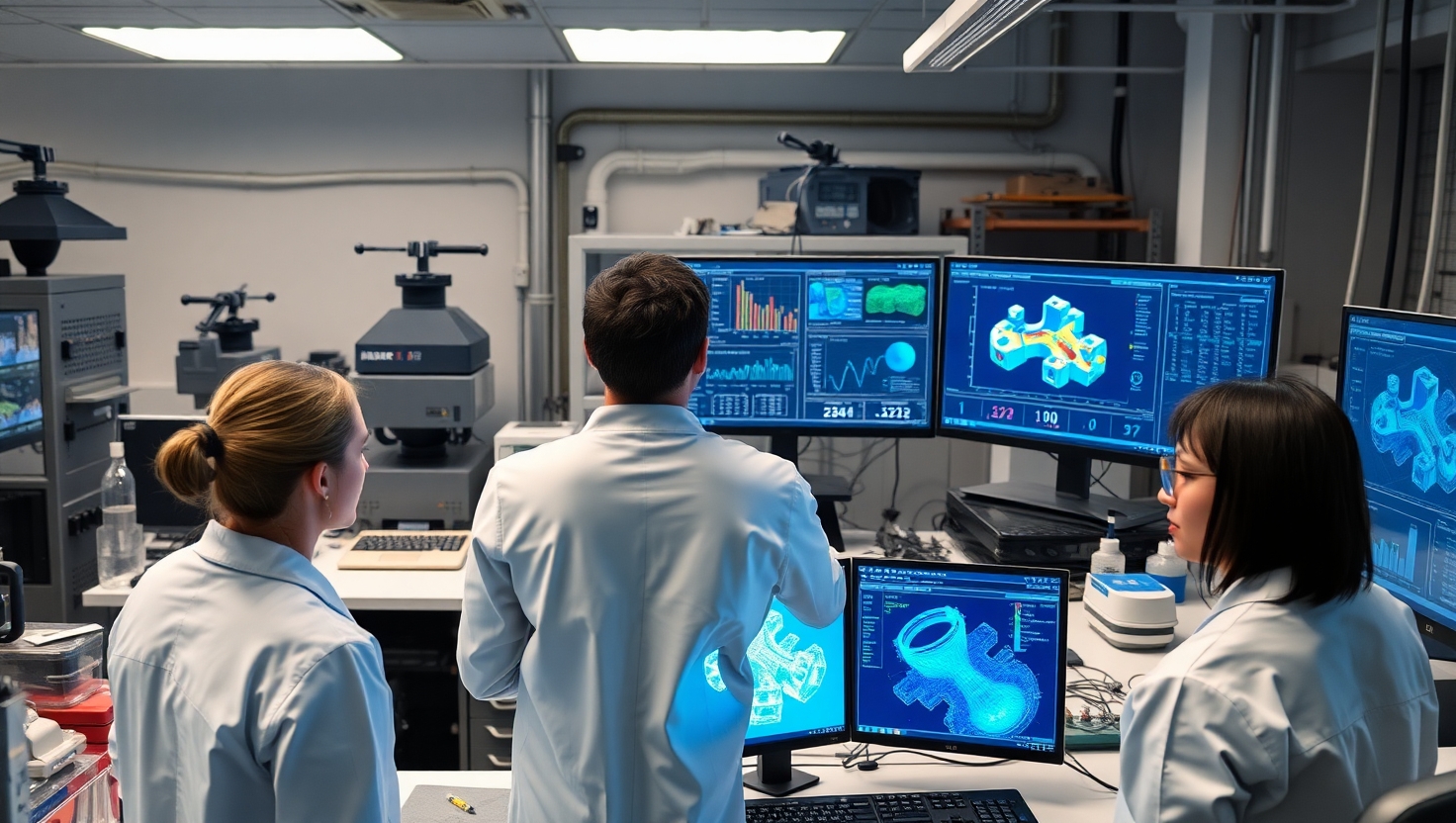How is AI Used for Alloy Composition Design in Aluminium Research?
Published by: ALUTimes | Date: July 18, 2025
Table of Contents
- Introduction
- Why Alloy Design Matters
- Challenges in Traditional Alloy Development
- How AI Assists in Alloy Composition
- Data-Driven Material Discovery
- AI Tools and Techniques
- Benefits of AI-Driven Alloy Research
- Industry Example
- What the Future Holds
- Conclusion
- Disclaimer
Introduction
Designing new aluminium alloys is a complex process requiring a delicate balance of strength, ductility, conductivity, corrosion resistance, and cost. With countless possible combinations of elements, trial-and-error methods are time-consuming and expensive. Artificial Intelligence (AI) is transforming this domain by analyzing massive datasets and identifying optimal alloy compositions with unprecedented speed and accuracy.
Why Alloy Design Matters
Aluminium alloys are essential to industries like aerospace, automotive, construction, and packaging. The right alloy affects:
- Weight-to-strength ratio
- Thermal and electrical conductivity
- Corrosion resistance
- Machinability and weldability
Optimizing alloy composition helps manufacturers reduce costs, meet regulatory standards, and enhance product performance.
Challenges in Traditional Alloy Development
Historically, metallurgists relied on empirical testing and intuition to develop alloys. However, this approach faces several limitations:
- Large compositional search space
- High cost and time associated with physical testing
- Difficulty in predicting interactions between multiple elements
- Limited use of real-world service data
How AI Assists in Alloy Composition
AI uses historical data and simulations to predict the performance of new compositions before they are produced. The workflow includes:
- Gathering experimental data from materials databases
- Feeding compositions and properties into machine learning models
- Predicting performance metrics (e.g., yield strength, hardness)
- Generating recommendations for optimal element percentages
Data-Driven Material Discovery
Materials informatics integrates computational thermodynamics, phase diagrams, and experimental records. Some datasets used include:
- Materials Project
- AFLOW (Automatic Flow for Materials Discovery)
- OQMD (Open Quantum Materials Database)
These databases fuel AI models that identify new high-performance alloys faster than traditional R&D approaches.
AI Tools and Techniques
Various tools support alloy design, such as:
- Machine Learning: Random Forests, Neural Networks, SVMs
- Optimization Algorithms: Genetic algorithms, Bayesian optimization
- High-Throughput Simulations: Finite element analysis, thermodynamic simulations
- Digital Twins: Simulate full lifecycle behaviour of candidate alloys
Benefits of AI-Driven Alloy Research
- Reduces time-to-market for new alloys
- Improves material properties through precision design
- Enhances sustainability by reducing waste and energy use
- Minimizes reliance on critical raw materials
- Supports customization for specific industry needs
Industry Example
In 2024, a European aluminium research consortium used AI to develop an alloy for EV battery enclosures. The AI model optimized strength-to-weight ratio and thermal management properties, reducing material usage by 12% while improving crash performance by 18%.
What the Future Holds
As AI tools mature, we expect autonomous alloy design systems that can self-learn from lab feedback, 3D print test samples, and iterate in real time. This will democratize material innovation across industries.
Conclusion
AI is redefining how aluminium alloys are discovered and developed. By unlocking new design possibilities and speeding up the process, AI is essential to the next generation of lightweight, high-performance aluminium solutions.
Disclaimer
This content is for informational purposes. Readers should consult metallurgical engineers and AI experts for alloy development implementation tailored to their needs.

